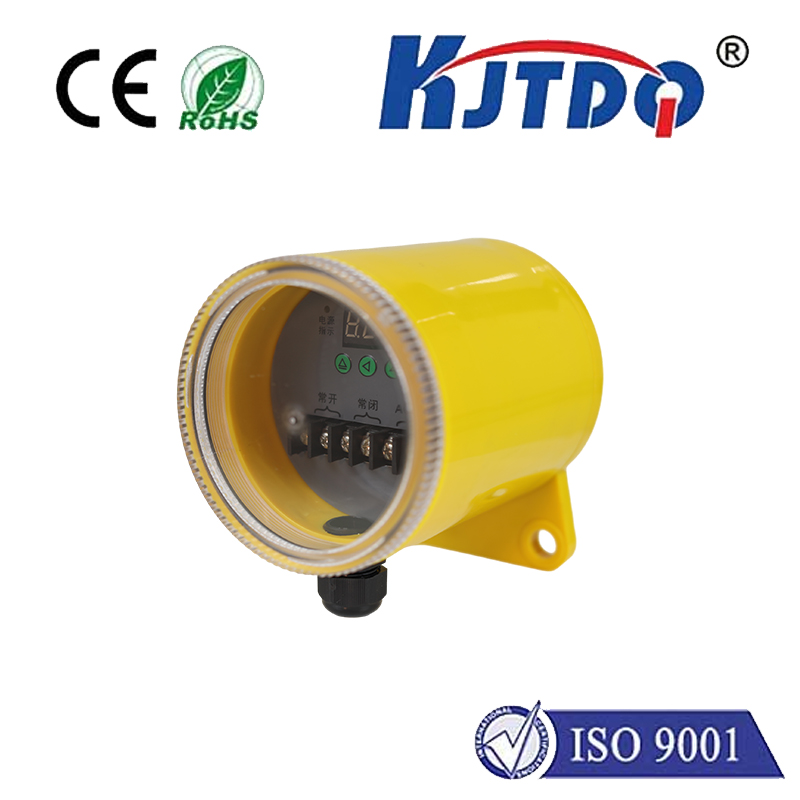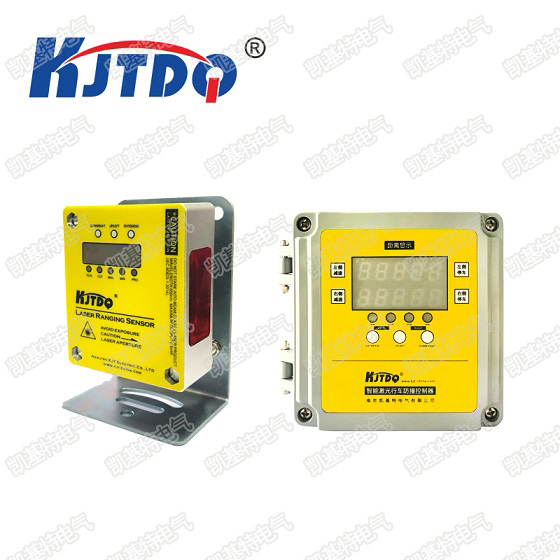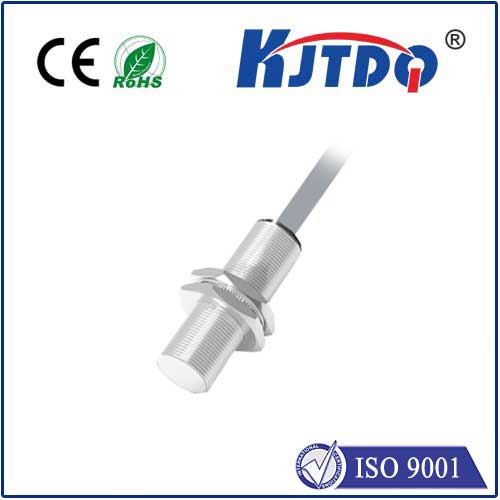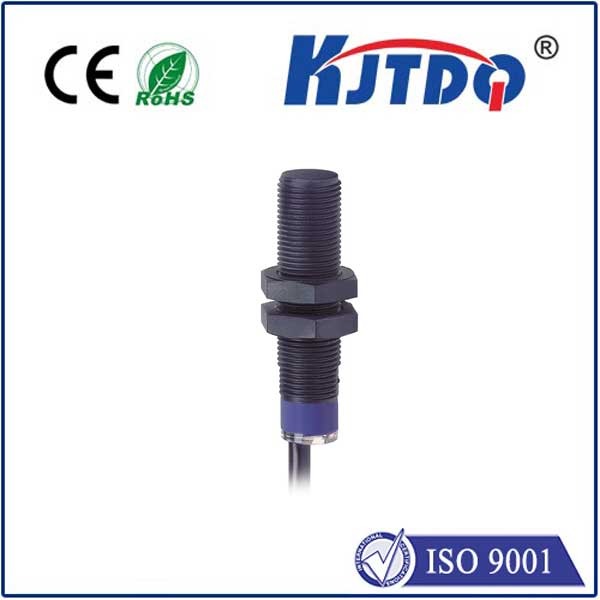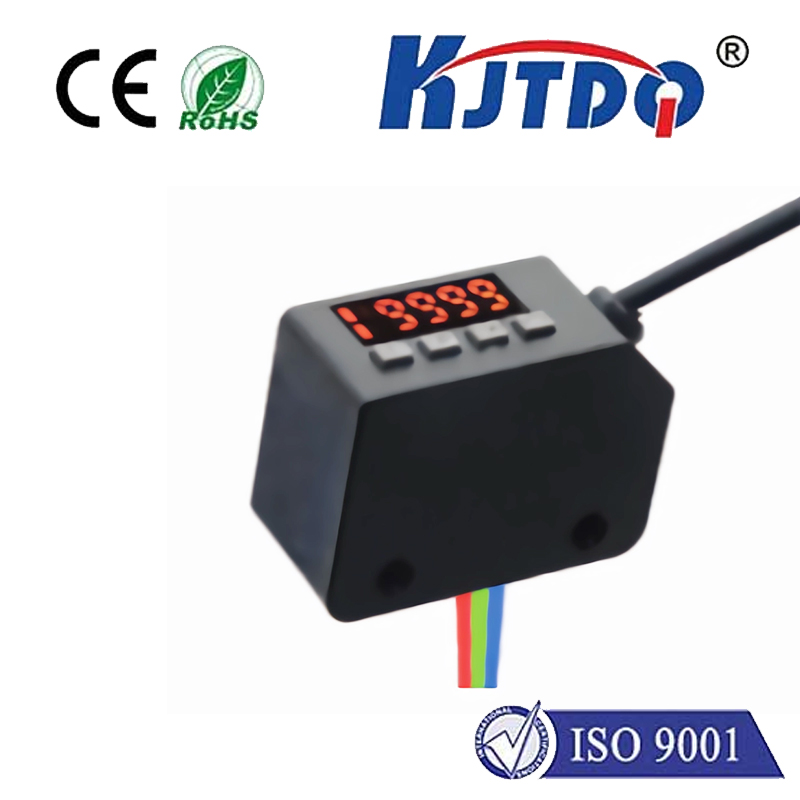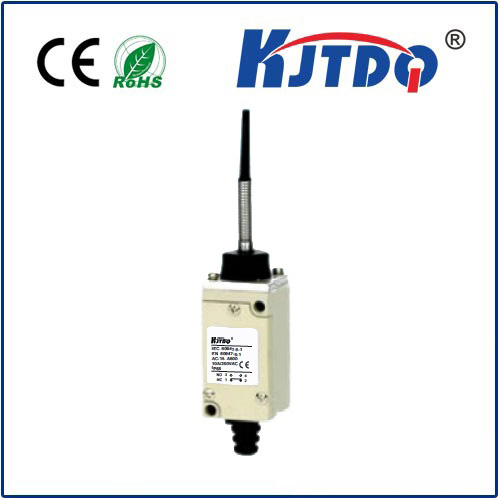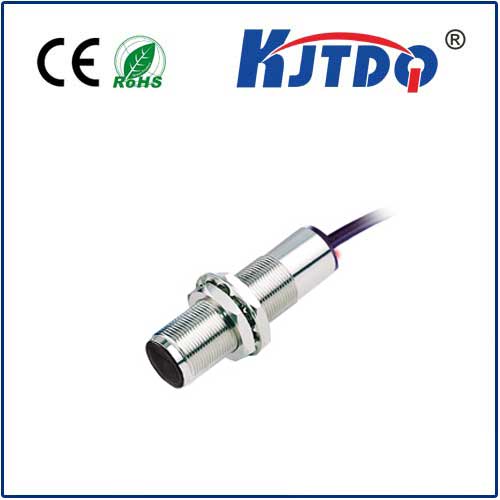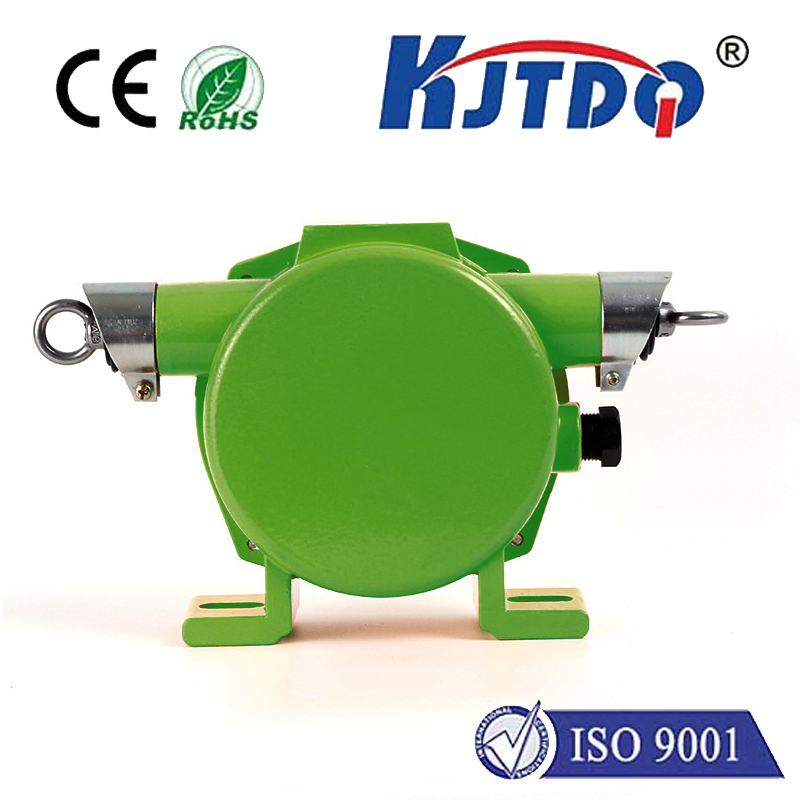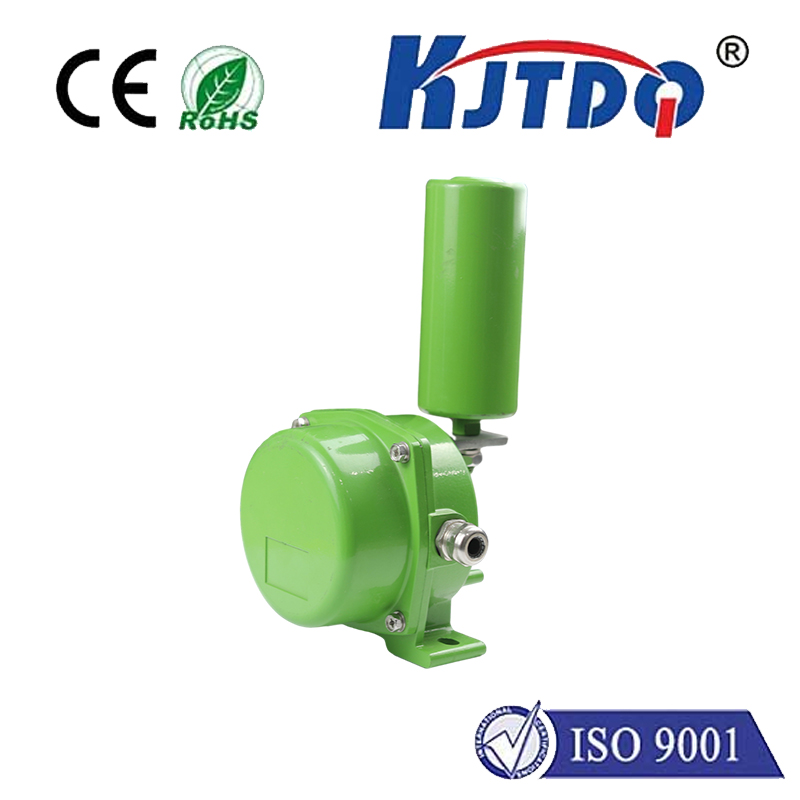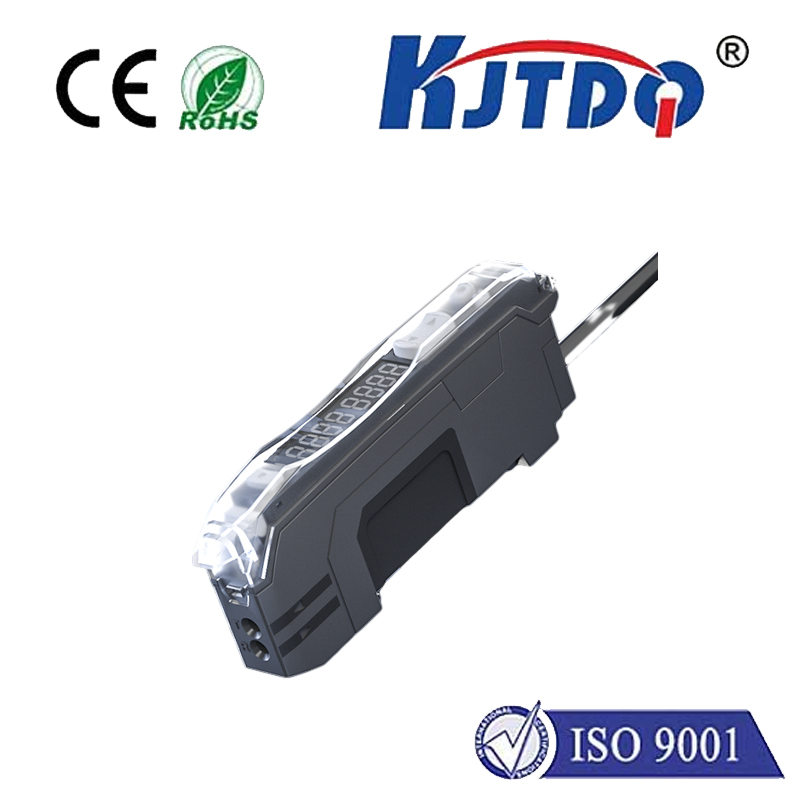
check

check

check

check
Title: IEC/EN 60947-5-1: The Future of Safety in Machinery Manufacture
The world of machinery manufacture is a realm where precision and safety reign supreme. At the heart of this domain lies the IEC/EN 60947-5-1 standard, a specification that governs the functionality of limit switches, ensuring they serve as robust guardians against mechanical mishaps. This stringent benchmark guarantees that each switch, including the Eaton LS-Titan® model, boasts a mandatory opening function, painting them as essential components in any circuit designed with safety in mind.

Delving into the intricacies of IEC/EN 60947-5-1, it becomes apparent why compliance with this standard is synonymous with dependability. The enforced positive open contact feature demands that even in conditions of high vibration or impact, the disconnecting contacts maintain their ground, promoting a level of consistent performance that is paramount in safety-critical environments. As the backbone of preventive measures against unexpected machine movements, these switches are more than mere components; they embody the principle of security in automation.
Transitioning from the technical aspects to tangible benefits, the Eaton LS-Titan® limit switch stands out for its rapid installation capabilities and adaptable nature. These traits not only simplify maintenance routines but also facilitate quick responses to evolving operational needs. Furthermore, its reputation for reliability substantiates the confidence manufacturers place in this technology to shield both their equipment and operators from harm.
In conclusion, the IEC/EN 60947-5-1 standard sets a commendable precedent in ensuring that limit switches, such as the Eaton LS-Titan®, provide an unyielding line of defense within the machinery manufacturing sector. Through its mandate of a positive open function, it elevates safety mechanisms to a new level, where unpredictability is minimized and protection is maximized. For those engaged in the pursuit of secure automation, adhering to this standard isn't just a recommendation—it's an assurance of quality, a promise of reliability, and ultimately, a commitment to safeguarding life and limb in the dynamic landscape of mechanical innovation.
